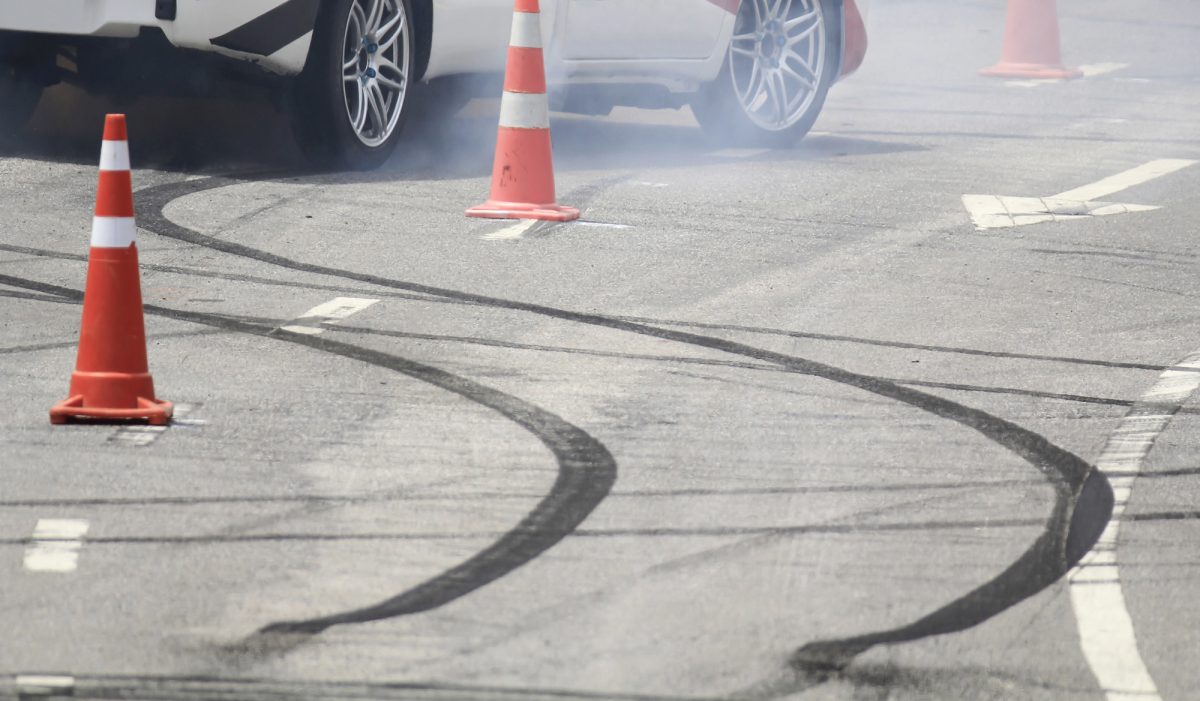Ignoring worn brake pads may seem harmless at first, but it can lead to some truly frightening consequences. Your car’s braking system is one of the most crucial safety features, and when it’s compromised, every drive becomes a serious risk. Worn brake pads can cause damage not only to your car but also endanger your life and the lives of others on the road. Here are 10 scary things that could happen if you keep putting off replacing your brake pads.
Dramatically Increased Stopping Distance

Worn brake pads reduce your vehicle’s ability to stop quickly, dramatically increasing your stopping distance. This can make it harder to avoid obstacles, pedestrians, or sudden traffic changes, putting you at much greater risk of collisions. In emergencies, those extra few feet can be the difference between a close call and a disaster.
Complete Brake Failure

Ignoring severely worn pads can lead to total brake failure, leaving you unable to slow down or stop the car. If the brake material is completely gone, metal parts grind together, severely compromising the system. Without functioning brakes, even a low-speed drive could turn deadly in seconds.
Damage to Rotors

Brake pads are designed to wear down, but rotors are not, and worn pads expose them to direct damage. Metal-on-metal contact can deeply groove or crack the rotors, requiring costly replacements instead of a simple pad change. Damaged rotors can also worsen your stopping ability and cause dangerous vibrations.
Brake Fluid Leaks

Excessive wear can lead to overheating, causing seals in your braking system to fail and leak brake fluid. Loss of brake fluid reduces hydraulic pressure, which is essential for your brakes to function properly. Without enough pressure, your brakes can become spongy or completely unresponsive, leading to terrifying driving conditions.
Related: 10 Car Models That Trigger Deep Nostalgia And What It Means
Caliper Damage

Brake calipers are expensive parts, and worn pads can cause them to seize or wear unevenly. Once the pad material is gone, the metal calipers are forced to press directly against the rotors, leading to overheating and irreversible damage. Repairing or replacing calipers can easily cost hundreds or even thousands of dollars.
Related: 10 Red Flags Your Car Is Overloaded And How To Solve It Fast
Vibrations and Shuddering When Braking

If you notice vibrations or a pulsing feeling when pressing the brakes, it’s a sign that your rotors might be warped from worn pads. Warped rotors create uneven friction and can compromise your ability to stop quickly and safely. Over time, these vibrations can also strain other suspension and steering components.
Related: 10 Quick Fixes That Could Get Your Dead Car Running Again
Excessive Heat Buildup

Worn pads mean less material to absorb and dissipate the heat created during braking, leading to overheating. Overheated brakes can cause brake fade, where the system becomes less effective the hotter it gets. In extreme cases, the brake components can catch fire, creating an extremely dangerous situation.
Related: 12 Survival Tips Your Car Needs Before Hitting A Desert Road Trip
Loud Screeching or Grinding Noises

Worn brake pads often emit loud, unpleasant screeching or grinding sounds, signaling serious problems. These sounds indicate that metal parts are scraping together, causing damage and reducing braking effectiveness. Ignoring these noises can lead to more expensive repairs and make your vehicle a danger on the road.
Related: 12 Insights To Car Cybersecurity Risks That Could Leave You Exposed
Warning Lights on Dashboard

Many modern vehicles have brake pad sensors that trigger a warning light when the pads are dangerously thin. Ignoring this warning means knowingly driving a vehicle that is unsafe, increasing the likelihood of mechanical failure. It’s essential to treat these dashboard alerts seriously to avoid catastrophic consequences.
Related: 10 Savage Machines That Run On Raw Cylinder Power
Greater Risk of Serious Accidents

Ultimately, driving with worn brake pads greatly increases your risk of causing or being involved in a serious crash. Whether it’s a fender bender or a major collision, poor braking performance puts everyone on the road in danger. Regular maintenance isn’t just about protecting your car, it’s about protecting lives.
Related: 10 Cars So Difficult To Drive They Terrify Pros
Worn brake pads aren’t just an annoying maintenance issue, they’re a serious threat to your safety and your wallet. Ignoring the warning signs can escalate into catastrophic failures that could cause accidents, injuries, or even fatalities. Staying ahead of brake maintenance keeps you, your passengers, and others on the road safe from preventable harm. Don’t wait for a warning light or a scary noise; take action before it’s too late.
Disclaimer: This list is solely the author’s opinion based on research and publicly available information.
10 Dangerous Risks You Take When You Skip Brake Flushes

Many drivers are unaware of the true power and purpose of the ‘B’ gear, especially in automatic and hybrid vehicles. Often overlooked and misunderstood, this gear plays a crucial role in vehicle control, particularly in situations requiring enhanced braking or when navigating tricky terrain. Knowing when and how to use the ‘B’ gear can save your brakes, improve safety, and prevent serious mechanical damage.
Read it here: 10 Dangerous Risks You Take When You Skip Brake Flushes
12 Car Vibration That Seem Harmless But Lead To Big Trouble

When your car starts to vibrate unexpectedly, it might be easy to dismiss it as a minor nuisance. Many drivers grow accustomed to these subtle shakes and shudders, thinking they’re just part of the driving experience. However, these vibrations often signal deeper mechanical issues that could spiral into major problems if left unchecked. Recognizing the causes behind these movements can save you from costly repairs and potential safety hazards. Here are 12 car vibrations that may seem harmless at first, but could lead to serious trouble if ignored.
Read it here: 12 Car Vibration That Seem Harmless But Lead To Big Trouble
15 Secret Hazards Of Towing An AWD Car In Neutral That Could Lead To Expensive Repairs

Towing an all-wheel-drive (AWD) vehicle might seem straightforward, but there are hidden dangers that could cost you thousands in repairs if not done correctly. Many car owners assume placing their vehicle in neutral is a safe solution, but with AWD systems, this can lead to catastrophic damage. Understanding the specific risks and how to avoid them is essential to protecting your investment and ensuring safe towing practices.
Read it here: 15 Secret Hazards Of Towing An AWD Car In Neutral That Could Lead To Expensive Repairs
You’ll love these related posts:
- 11 Tough Trucks That Prove Lightweight Does Not Mean Weak
- 10 Ford Cars So Rare Most People Have Never Seen One
- 12 Best Trucks To Buy In 2025 For A Lifetime Of Dependability
- 11 Classic Cars Discovered At A Civil War Site That Will Shock You
- 11 Expert Tips for Getting A Flawless Spray Paint Job On Your Car


